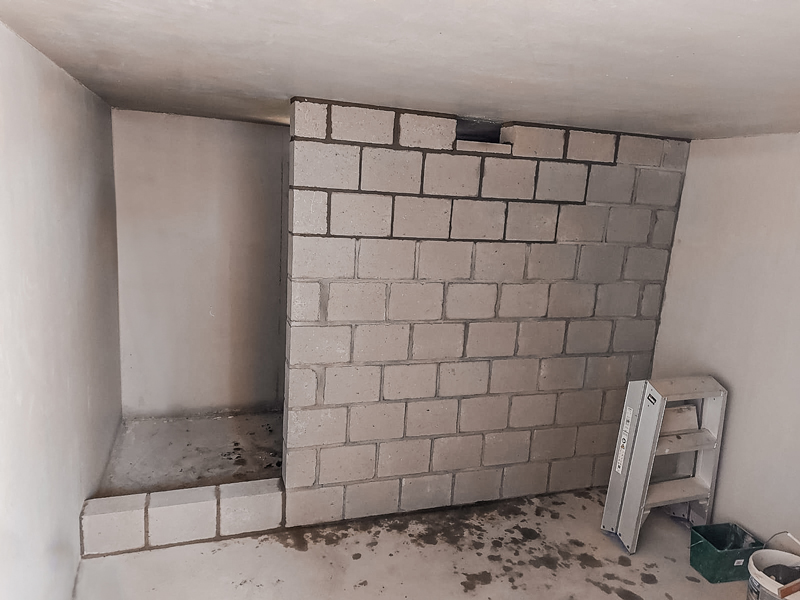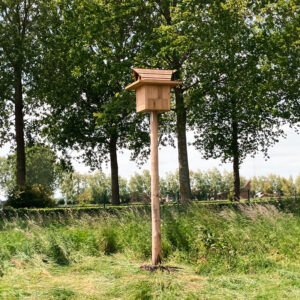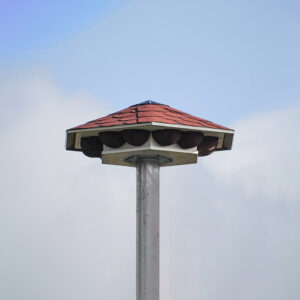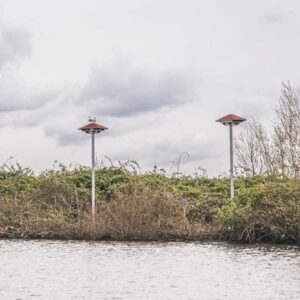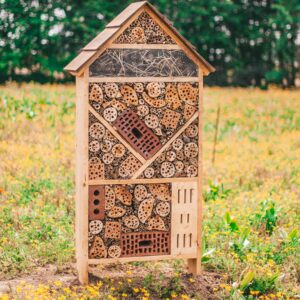Description
PLACEMENT
Bees like warmth. It is therefore advisable to choose a sunny location with a dry ground and to ensure that the hive is oriented to the south, southeast or southwest.
Protection against strong winds is important. Therefore, find a sheltered spot or create shelter around the heap, for example in the form of a hedge or tree branch. By creating the heap in a crescent shape, more heat is retained. This creates variation in microclimate, something that other insects also benefit from.
Bees must be able to find sufficient nectar and pollen within a radius of 100 m. The presence of many flowering native herbs and shrubs in the nearby area is therefore essential.
Finally, it is preferable to construct the heap near open water (pond, pool, canal) or a small natural depression where water can remain (preferably within 100 m). Bees use the water to drink and to make mud to close the nest tunnels.
MAINTENANCE
For the maintenance of the bee hive it is especially important that it remains sufficiently bare and only has some sparse vegetation. If too many weeds grow, the heap will no longer be used by wild bees. Therefore, ensure that storage of herbs and seedlings of shrubs and trees is removed in time. A good method is to clear half of the heap from weeds once a year, and the other half the following year. The most suitable period for this is February.





